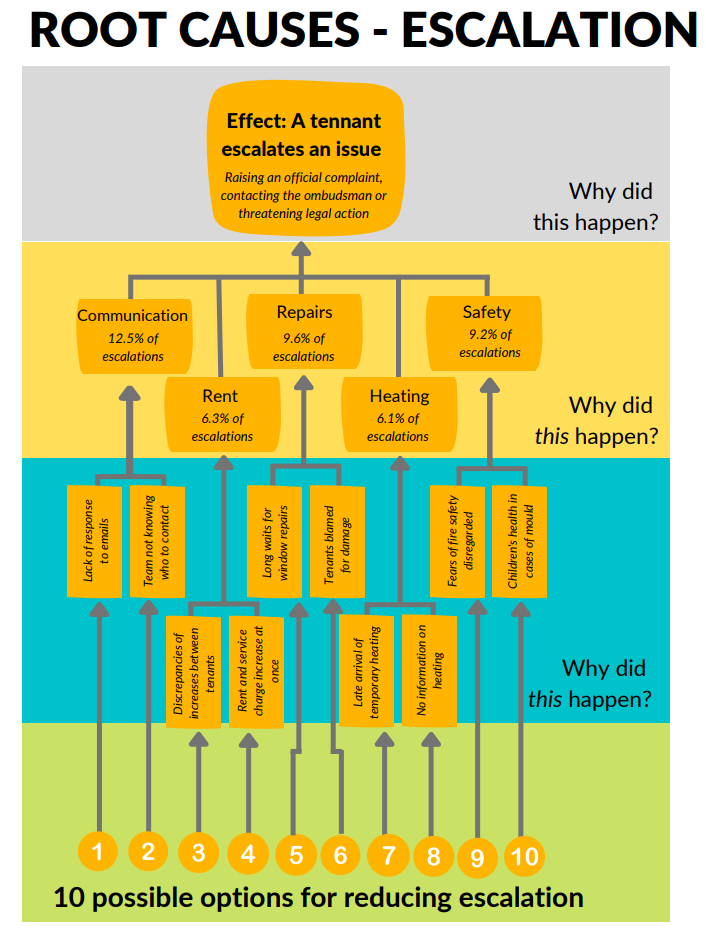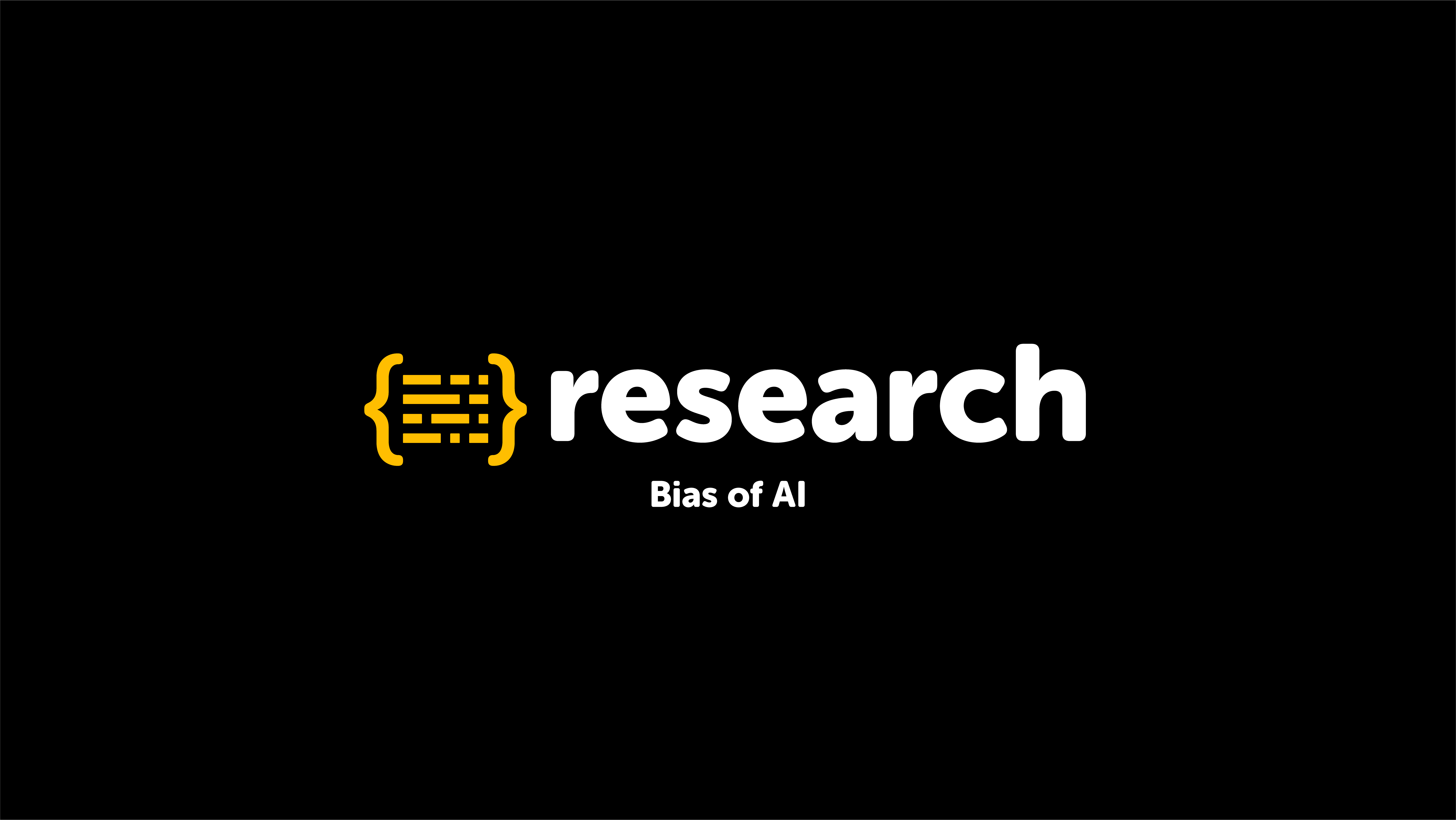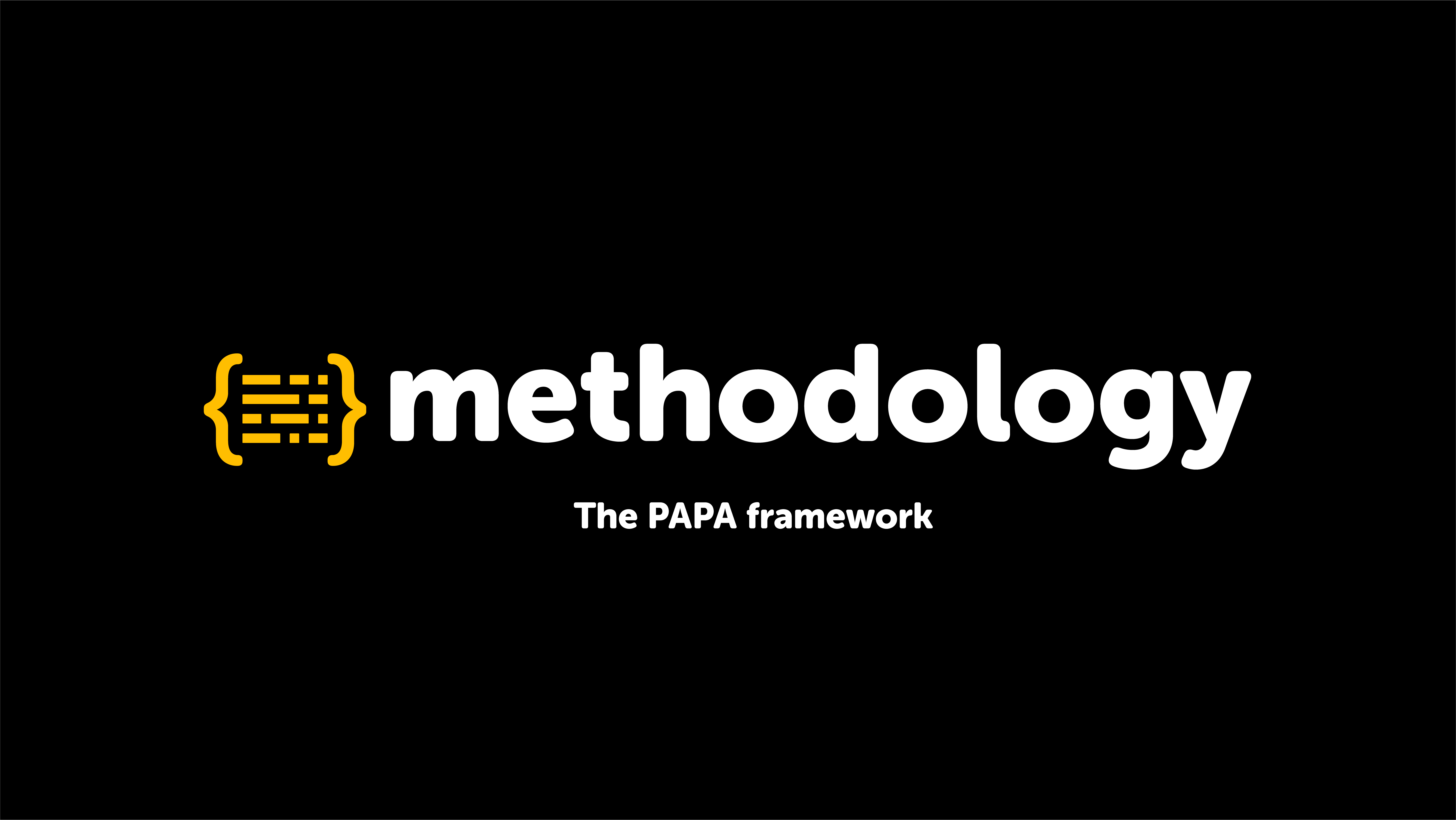And today, we’re going to look at how insight professionals can ask this question at scale, and how to make the answers actionable, using a methodology called root cause analysis.
What the hell is root cause analysis?
The term “root cause analysis” has its own roots in scientific academia and, particularly, computer science. It’s a way of thinking designed to help you to quickly understand problems and identify solutions (so no surprises that computer science came up with it)
It boils down to a set of tools to get you speedily to the issue that you can do something about. And it generally comes in six stages.
-
Understand the problem. Identifying the thing that isn’t working, that you want to understand. This is what we’re going to find the root cause of. A drop in customers? A rise in complaints? A spate of negative NPS scores?
-
Gather data. Where are people talking about this issue? What data can you best use to understand the problem?
-
Identify causal factors. Looking in the data to find the causes of the problem.
-
Make a conclusion. Based on the causal factors, you create a list of possible solutions to the initial problem,
-
Act! Implement the solution
-
Measure. Did the solution work?
Piece of cake, right? Couldn’t be simpler. But in the real world, things get really complicated, really fast. Identify the causal factors? How do you know if a factor is causal? What makes it causal? What if there are loads of factors (spoiler alert — there are loads of factors)? How do you find the potential solutions that are practical, and actionable?
And this is where the annoying eight year old comes back in.
The Why Regression — being the kid
You know how, from toddler age up, kids ask you why? And then ask you why again? And then keep on asking you why until you lose the will to argue?
(The following is based on a true story)
Can I have a sweet?
No.
Why?
Because you’ll spoil your dinner.
Why?
Because sugar isn't good for you.
Why?
Because your body doesn’t process it as well.
Why?
Because of the proteins that make up your body
Why?
(Sighs) Because billions of years ago chains of amino acids formed.
Why?
Because matter is drawn to matter
Why?
BECAUSE OF THE INITIAL CONDITIONS OF THE UNIVERSE?
What they’re actually doing there is giving you some outstanding advice in business analytics. (You may want to give them that sweet after all)
NEVER ask why just once. That will get you to the very surface of the problem. Once you’ve identified initial causes of a problem, find the causes of that cause, and the causes of that cause, and keep going until you hit something actionable (If you land on the initial conditions of the universe, you’ve probably gone too far).
We call this the Why Regression.
A housing example — the ombudsman cometh
Housing is a sector in need of root causes analysis. The professionals who work for housing associations genuinely care about the experience of their tenants, and new powers for the regulator mean that they are more penalised than ever when things go wrong. So when there’s a problem, they need to know the cause, and fast.
One of the biggest problems for a housing association is a call from the ombudsman. Let’s take that as our problem, channel our inner annoying child, and follow the why regression.
- Tenants are contacting the ombudsman Why?
- Because they don’t feel like they are being communicated with Why?
- Because the team didn’t reply to emails Why?
- Because there wasn’t specific information to pass on…
And here, we hit upon the actionable solution. This is something we can do something about. So when we wrote up our recommendations for HAs in our 2022 state of the nation social housing report, we could give simple actions that could make a big difference in the number of contacts they get from the Ombudsman.
Now imagine if we’d stopped after one “why”? Tenants don’t feel like they’re being communicated with. So communicate with them…more? The further you go down the regression, the clearer and more actionable the solution will become.
Dealing with multiple causes at once
Of course, there isn’t just one cause for something like a tenant contacting the ombudsman. It has multiple causes. And guess what? Each of those causes has multiple causes too.
So we’ve been looking at ways to present multiple why regressions, while also giving a sense of the relative size of the different causes to make it easier to prioritise. Put that all together, you end up with something like this:

Turning complex into measurable
The final thing you’ll notice about these causes — damn are they complex. They’re not necessarily things you could have predicted in advance, and even if you could, there are any number of ways that someone could express these ideas.
That’s why text analysis is such a massive part of identifying root causes.
When you’re finding initial problems and potential solutions, Wordnerds' automated topics (available immediately with no training whatsoever) will allow you to understand what your data will bear.
When you’re trying to understand the relative size of causes, Wordnerds' dynamic categorisation allows you to group the data together based not on the words your customers used, but on what they meant.
Get in touch with Wordnerds, and you’ll be able to solve the biggest problems by asking the simplest question.
And with that, I’ll take my leave — my kids are asking for a sweet.




